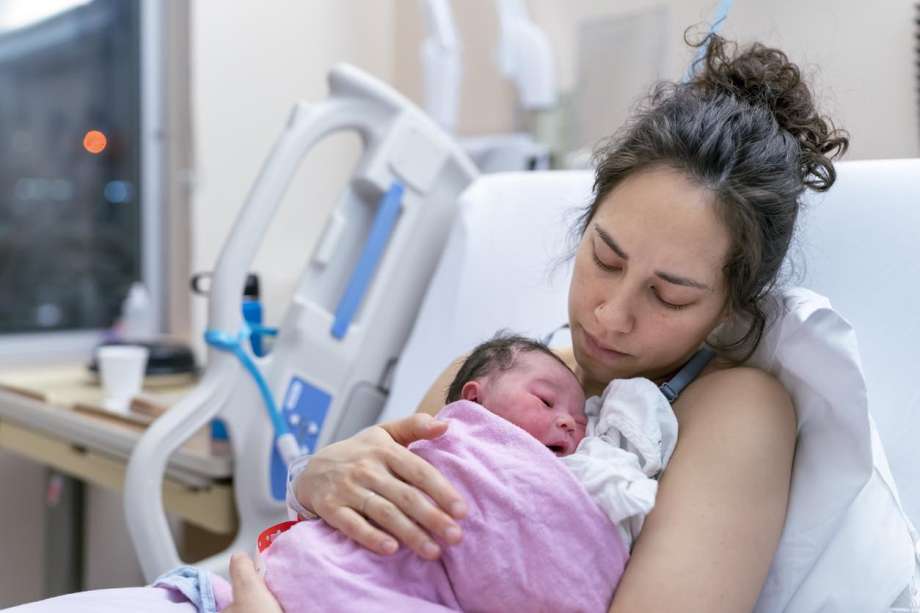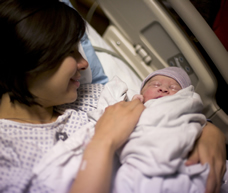Birth Story: Epidural Pain Relief

Alice was having her first baby. Her pregnancy had been uncomplicated and she had written a birth plan with her husband outlining her desire for a natural childbirth by keeping active and using TENS and then warm water to deal with contractions. Alice also stated that she wanted to avoid an epidural if possible.
Alice's birth story
My husband and I arrived at the delivery suite in early labor. I started to use a TENS machine for pain relief. However, as my labor progressed, I became very distressed since I hadn't anticipated that the contractions would be so painful. When I was around 3 cm dilated, I decided to remove the TENS machine and get into the bath. My husband gave me a back massage and provided emotional support. However, I think he struggled to understand my discomfort and he needed support from the nurse. After 15 minutes, I decided to get out of the bath since it was providing little pain relief. I used a birth ball to stay active and my husband gave me more massage and acupressure. I coped well for the next hour, but then became increasingly exhausted and upset. When I was examined, I was only 5 cm dilated. We both felt despondent because we had hoped I was further along.
My nurse then suggested that I talked to the anesthesiologist about my options for further pain relief, and as a result of my conversation with the anesthesiologist, I decided to have an epidural. I told the anesthesiologist that I'd had an epidural a few years ago for knee surgery and how it had provided excellent pain relief, but that I had itched for hours afterward. The anesthesiologist surmised that the itch was caused by one of the painkilling medications (fentanyl) in the epidural top up and agreed that this medicine wouldn't be used.
The anesthesiologist agreed to do a low dose combined spinal epidural that gave absolute pain relief within five minutes. My legs were a little heavy at first, but they felt fine within an hour. I felt that we were both able to take time out after the epidural and that I was able to refocus on my labor. I felt pleased that I'd managed a large part of my labor without pain relief, and was happy with the decision to have an epidural when I did. I had an unassisted delivery later that evening and gave birth to a beautiful baby girl.
The anesthesiologist comments:
Alice kept an open mind regarding pain relief and understood that different methods of pain relief could be used at different times during labor. After the epidural, she no longer felt that her labor was an endurance test and was able to focus again on her labor and on delivering a healthy baby.

A low dose "mobile" epidural means that you maintain some feeling in your legs and can remain active during labor.